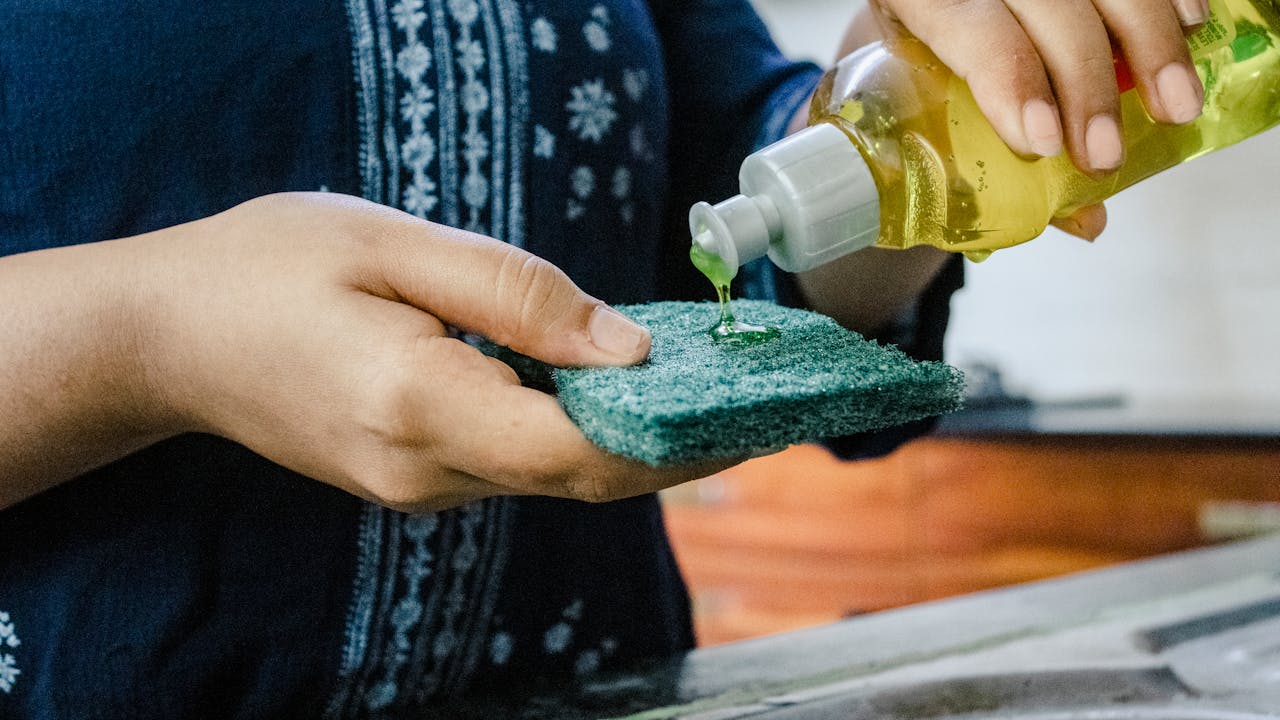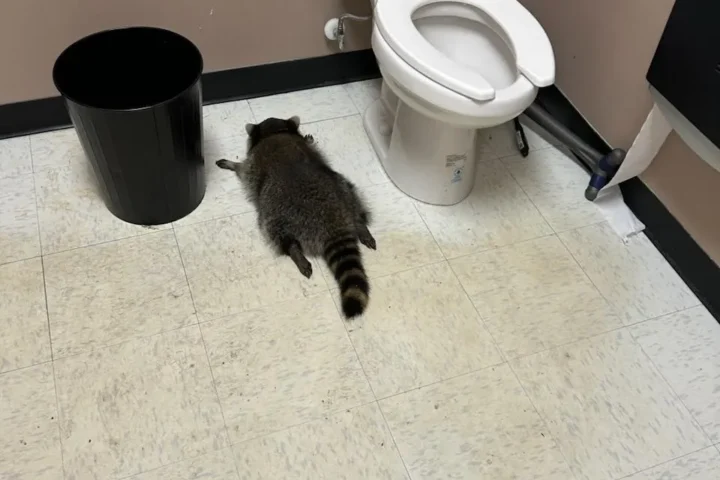That bottle of washing up liquid sitting by your sink is causing more harm to our waters and wildlife than you might realize. New research reveals the lasting damage from both the chemicals inside the bottle and the plastic container itself.
Washing up liquids contain chemicals called surfactants, with sodium lauryl sulfate (SLS) being the most common. Studies show they can harm fish even at very low levels – less than one milligram per liter of water.
The problem extends beyond the chemicals. The UK produces more than 170 million tonnes of waste each year but recycles only one-third of plastic packaging. Coastguards recently found a 47-year-old detergent bottle still intact on a UK beach.
Similar Posts
Most wastewater treatment plants remove just 50–70% of these harmful surfactants, allowing the rest to flow directly into rivers and seas. Even worse, when these chemicals break down, they can create byproducts that mimic hormones and disrupt fish reproduction.
A 2024 study found that exposure to SLS reduced hatching rates in zebrafish by 30% and caused serious deformities in carp embryos (The Biocompatibility of Sodium Lauryl Sulphate on Developing Zebrafish Embryos).
Regulators are starting to take note. In April, the UK Advertising Standards Authority ruled that Unilever’s claim that Persil was “kinder to our planet” was misleading. Meanwhile, United Nations negotiators are drafting a global plastics treaty that could require significant reductions in detergent packaging by 2030.
For consumers wanting to reduce their environmental footprint, solutions exist. Refill cartons can cut plastic use by up to 85% (Fairy Max Power carton). Brands like Ecover, Bio-D, and Method offer plant-based, refillable options.
These alternatives make financial sense too. Switching to refill systems can save about half a kilogram of carbon emissions per bottle.

The EU currently requires detergents to be at least 60% biodegradable within 28 days. This standard, however, still allows 40% of chemicals to persist in the environment, contributing to long-term contamination of water systems.
Advanced treatment technologies exist that could remove more than 90% of surfactants from wastewater, but these systems remain rare in municipal plants due to their high cost.
The choices we make at the sink affect waterways far beyond our homes. As research continues to reveal the extent of the problem, the push for stricter regulations and better alternatives grows stronger. What cleans your dishes today might be harming fish tomorrow.


















